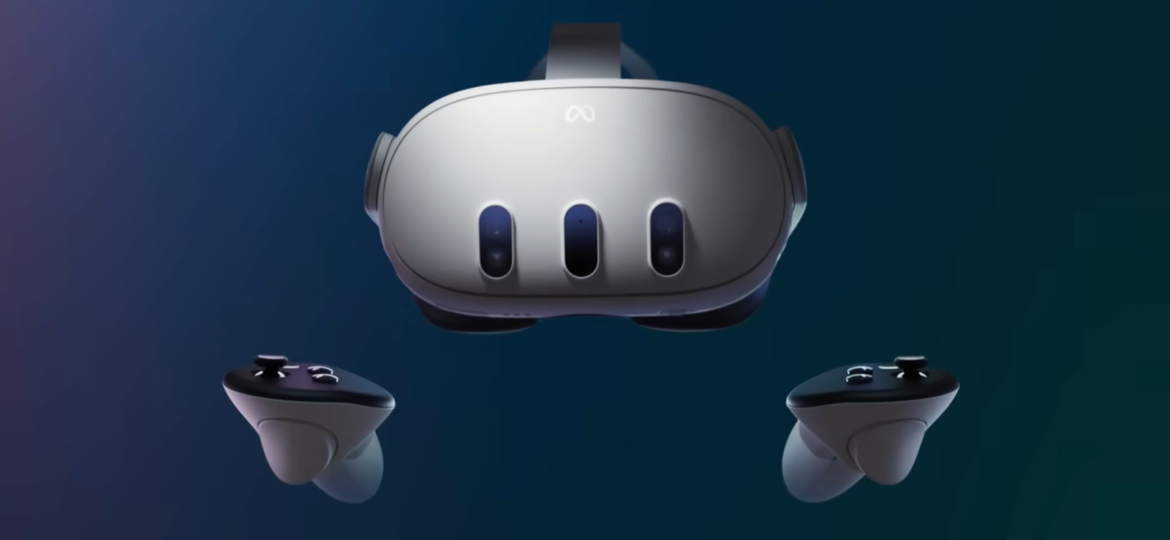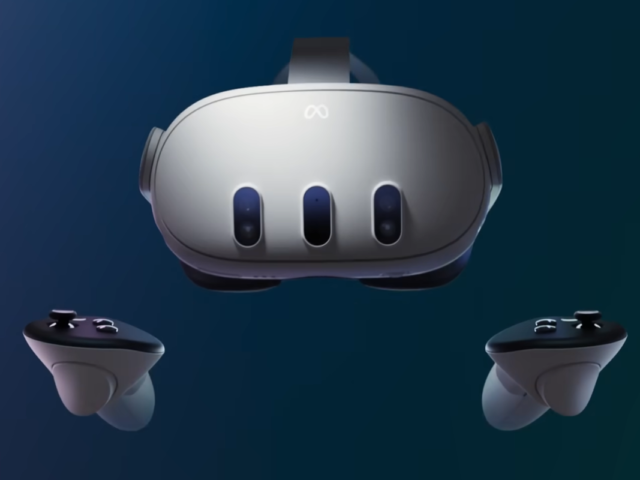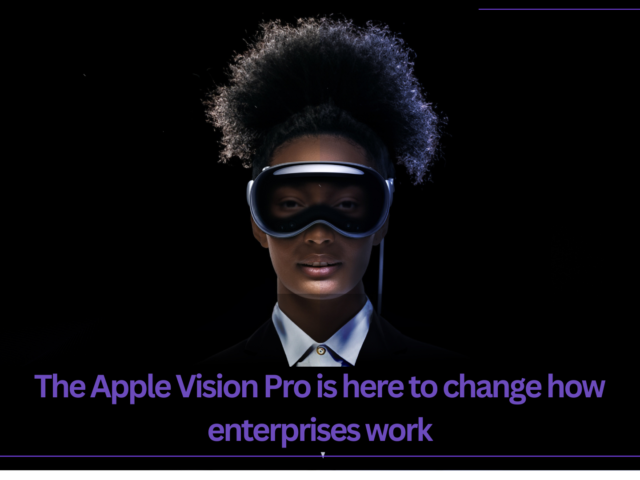Meta Quest 3 will be here soon: What do we know about Meta’s latest XR headset?
In 2021, Facebook signaled its bullishness for the XR (extended reality) market by changing its name to Meta, and the Metaverse became a buzzword seemingly overnight. Meta’s Quest headset provided users with a gateway to explore new virtual worlds, play immersive games, and connect with like-minded individuals. However, the potential of the Metaverse extends beyond socializing, with applications in various industries such as manufacturing, design, engineering, and even shopping. And with nearly 20 million Quest units sold since May 2019, Meta has managed to capture the lion’s share of this burgeoning market.
Days before Apple announced its new Vision Pro headset on June 5th, Meta had announced the upcoming version of the Quest. In an Instagram post, Mark Zuckerberg revealed that we would learn more about Quest 3 at the company’s Meta Connect showcase on September 27th, and the headset is expected to be released shortly after that. So let’s dive into the details and explore what makes the Quest 3 worth getting excited about.
1. The Hardware:
As Meta’s most powerful headset yet, the Quest 3 boasts a next-generation Snapdragon chip co-developed with Qualcomm, offering enhanced speed and “twice the graphical performance” of its predecessor, according to Meta. An early tester from Bloomberg has confirmed the improved speed of navigation, app launches, and gameplay compared to the Quest 2. The Quest 3 also introduces Touch Plus controllers, equipped with TruTouch haptics, providing users with more engaging and realistic interactions. Notably, the Quest 3 incorporates pancake lenses, which are thin and flat lenses that are known for directing and focusing the images displayed on VR headset screens directly into the users’ eyes.
2. Passthrough and Mixed Reality capabilities:
One of the notable features of the Meta Quest 3 is its enhanced Passthrough functionality, seamlessly blending the virtual and real worlds. With improved color accuracy and ten times more pixels than its predecessor, the Quest 3’s Passthrough feature delivers a lifelike representation of the real world. This technology allows users to experience mixed reality by overlaying virtual elements onto their real surroundings. By incorporating 4MP RGB color cameras and a depth sensor, the Quest 3 provides a more accurate representation of the user’s environment. The addition of a depth sensor helps the device understand the distance and position of objects in the real world, which enables automatic identification of walls and objects in the user’s physical space.
3. The Design:
The Meta Quest 3 showcases a slimmer and more comfortable form factor compared to previous Meta Quest headsets. Leveraging advanced lens technology, the Quest 3 achieves a remarkable 40% reduction in thickness compared to the Quest 2. The redesigned Touch Plus controllers feature a more ergonomic design, removing the outer tracking rings to provide a natural extension of the user’s hands.
4. Price:
With a starting price of $499.99 for the 128GB version, the Meta Quest 3 positions itself as a premium offering in the XR market. However, Meta will continue to sell the Quest 2, starting at $299, to cater to budget-conscious consumers.
The Meta Quest 3 signifies a significant leap forward in the XR headset market, incorporating advanced hardware and immersive technologies. With its powerful Snapdragon chip, enhanced Passthrough capabilities, and sleek design, the Quest 3 offers a compelling VR experience.
Priced around $500, it provides a more affordable alternative compared to Apple’s high-end headset, and could ultimately benefit from the buzz that the Apple Vision Pro is creating in the spatial computing industry. In any case, the Meta Quest 3 embodies the future of XR and is poised to be a valuable addition to the AR VR landscape.
Get ready for the next generation of immersive experiences! Explore what’s in store with Meta Quest 3, Meta’s latest XR headset. Don’t miss out!
Related articles
Get ready for the next generation of immersive experiences! Explore what’s in store with Meta Quest 3, Meta’s latest XR headset. Don’t miss out!
The Metaverse has emerged as a force to be reckoned with in our ever-evolving digital landscape, revolutionizing the way businesses engage their customers. And one arena they have begun exploring in gusto is shopping.
Now, nearly 40 years later, we find ourselves on the cusp of yet another reinvention of the personal computer, once again by Apple. It is speculated that the company will debut its much awaited XR headset at its Worldwide Developers Conference on June 5th.




